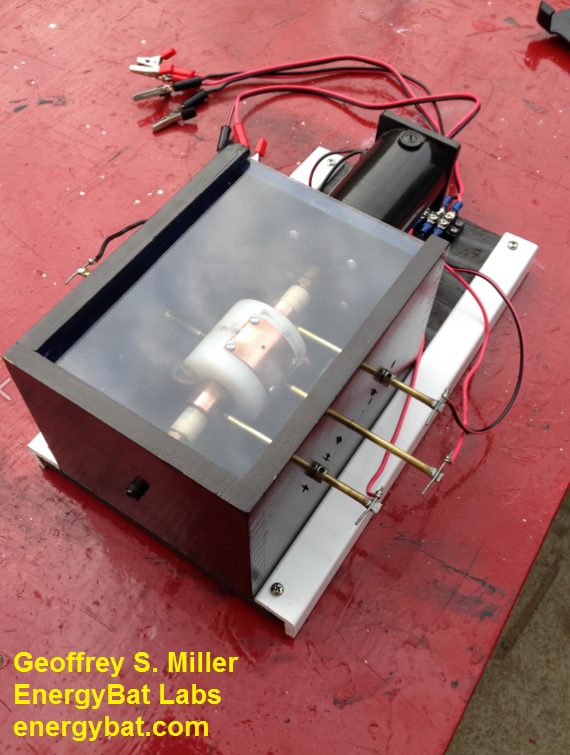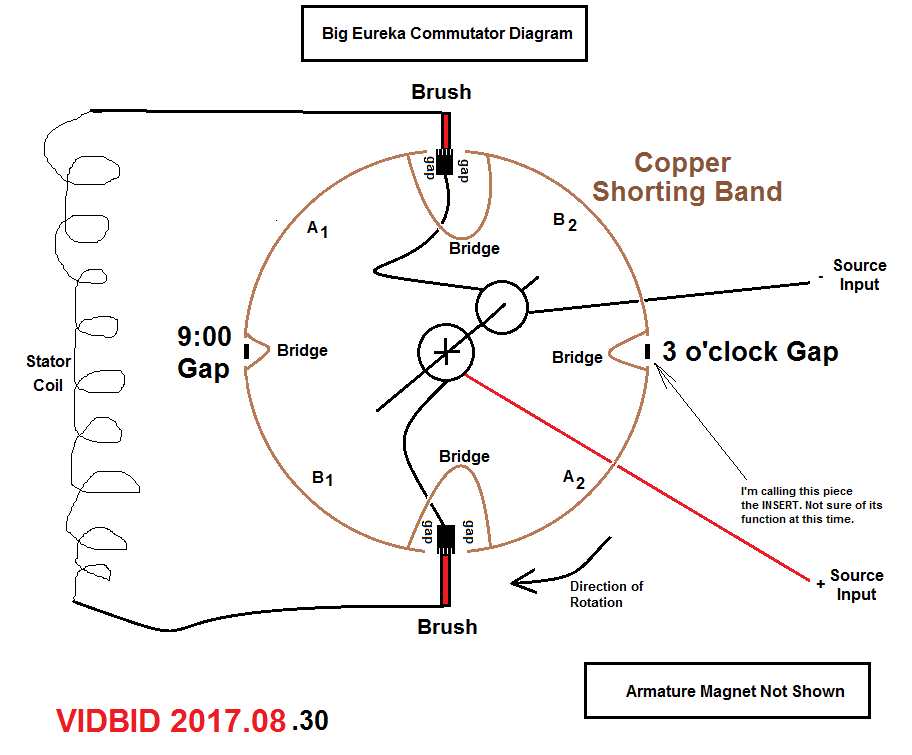GAP solid state commutator
Look at this "Hybrid Coil" commutator of mine with custom latching Reed Switches: Three channels: Pulse width, BEMF, and CEMF output; Powered by a 12 volt DC fan:
A simple readjustment of the trigger magnets can turn my GAP commutator into a Joe Newman commutator like Miller's.
Look at this "Hybrid Coil" commutator of mine with custom latching Reed Switches: Three channels: Pulse width, BEMF, and CEMF output; Powered by a 12 volt DC fan:
A simple readjustment of the trigger magnets can turn my GAP commutator into a Joe Newman commutator like Miller's.









Comment